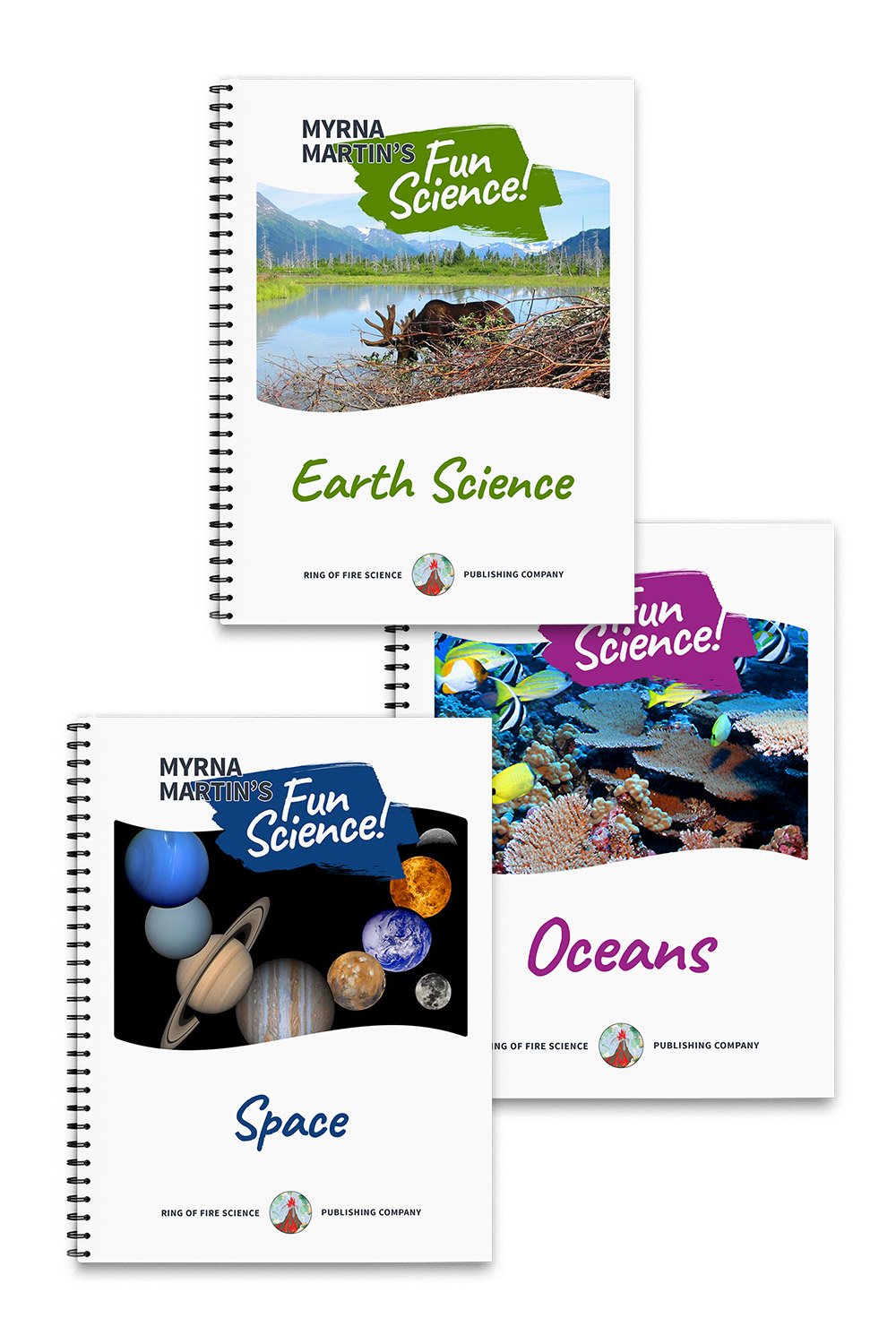Asthenosphere
Asthenosphere, Layer beneath the lithosphere
The asthenosphere is the layer of our planet that lies beneath the lithosphere. It was first named by J. Barrell, a British geologist when he divided the interior of the Earth into three parts. The lithosphere is the outer layer of the Earth that contains crustal plates.
The middle layer lies beneath the lithosphere and can flow like a liquid and break like a solid. The centrosphere, which is the central part of planet Earth, lies beneath the top two layers and goes all the way to the center of the Earth.
 Earth's upper layers, USGS
Earth's upper layers, USGSEarthquake waves
Scientists study the asthenosphere using seismographs that record earthquake waves. They have found that this layer's boundaries can be defined by the speed of earthquake waves travel through the rocks. P-waves and s-waves are produced by all earthquakes.
Scientists studying s-waves found that these waves slowed down at 100 km (62 mi) beneath the Earth's surface and sped up at 250 km (155 mi) within the Earth. Using these facts they discovered that the s-waves speeds define the upper and lower boundary of this section of the Earth.
Rocks in this layer
The rock material that makes up this layer is thought to be less rigid than the lithosphere. The temperature that rocks melt depends on the heat of the rocks and the pressure on the rocks. The higher the pressure, the higher the melting point of rocks.
It is believed that the rock material in this layer is just below the melting point. These rocks react similar to glass when it is molded by glass blowers into different shapes. The rocks can flow like a liquid and also break like a solid.
Crustal plate movement
Crustal plates separating on the Earth's surface create lower pressure where the crust is thinning. This lower pressure allows the rocks to melt quickly and flow upward. If the plates actually break apart the molten rock (magma) flows onto the Earth's surface as lava. This occurs in areas where there are divergent plate boundaries usually found on the floor of the oceans.
Converging plates in subduction zones also allow molten rock to flow toward the Earth's surface. The subducting plate is forced into the lithosphere where it forces the rocks below outward and upward as they melt. These rocks when they erupt on the Earth's surface form the great volcanoes in subduction zones like Mount Hood.
More Facts About Earth Links
KIDS FUN SCIENCE BOOKSTORE
 |
 |
Check out Myrna Martin's award winning textbooks, e-books, videos and rock sets. The Kids Fun Science Bookstore covers a wide range of earth science topics. Click here to browse.
Sign up to our monthly newsletter and receive our FREE eBook containing 3 fun activities that don’t appear in any of our other books!
The Kids Fun Science monthly newsletter will include the following: current events, weird and fantastic facts, a question of the month, science trivia and the latest new content from our website.
We respect your privacy and you can be assured that we will never share your email address or use it for any other purpose than to send you our newsletter.






